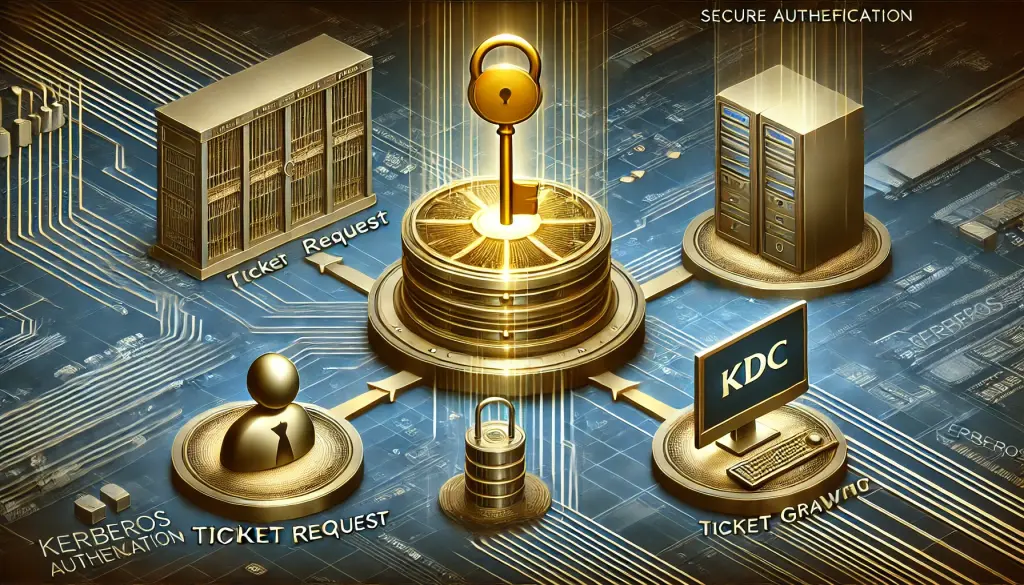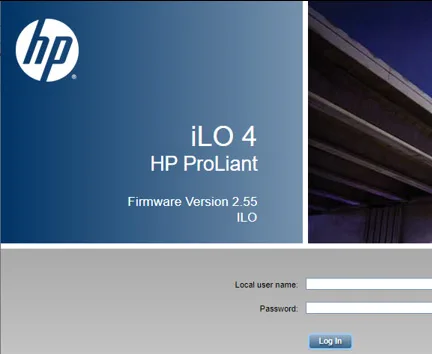When it comes to securing network resources and ensuring robust authentication, Kerberos is a protocol that often comes into play. Used widely in environments like Active Directory, Kerberos has become a cornerstone for secure authentication in modern IT infrastructure. However, like any technology, it comes with its own set of advantages and challenges. In this blog post, we’ll explore the pros and cons of using Kerberos for authentication, comparing it with other protocols, and offering best practices for its deployment.
Understanding Kerberos and Its Role in Secure Authentication
Kerberos is a network authentication protocol designed to provide strong security for client-server applications. Developed at MIT in the 1980s, Kerberos uses secret-key cryptography and a trusted third party to authenticate users securely. The protocol works by issuing tickets to users after verifying their identity, which they then use to access network resources without having to re-authenticate each time. This makes Kerberos particularly effective in environments where security and efficiency are paramount.
Key Advantages of Implementing Kerberos in Your Network
- Strong Security: Kerberos provides mutual authentication between the client and server, ensuring that both parties are who they claim to be. This significantly reduces the risk of man-in-the-middle attacks.
- Efficiency: Once authenticated, a user can access multiple services across the network without needing to re-enter credentials, thanks to the ticketing system.
- Integration with Active Directory: One of Kerberos’ most significant advantages is its seamless integration with Microsoft’s Active Directory (AD). In AD environments, Kerberos is the default authentication method, providing a secure and scalable solution for managing user credentials.
- Reduced Password Transmission: Kerberos minimizes the transmission of passwords over the network, which reduces the likelihood of password interception.

Common Challenges and Drawbacks of Kerberos Authentication
- Complex Configuration: Setting up and configuring Kerberos can be complex, especially in larger or more intricate network environments. Misconfigurations can lead to authentication failures and security vulnerabilities.
- Time Sensitivity: Kerberos relies on synchronized clocks between the client, server, and Key Distribution Center (KDC). Even minor discrepancies can cause authentication failures, leading to potential disruptions in service.
- Single Point of Failure: The KDC, which stores all the keys and authenticates requests, represents a single point of failure. If the KDC goes down or is compromised, it can affect the entire network’s authentication process.
- Limited Cross-Platform Support: While Kerberos is well-integrated with Windows environments, it may not be as easily implemented or supported on non-Windows systems.
Comparative Analysis: Kerberos vs. Other Authentication Protocols
When considering Kerberos, it’s essential to compare it with other authentication protocols such as LDAP, NTLM, and OAuth.
- LDAP (Lightweight Directory Access Protocol): While LDAP is often used for directory services, it can also handle authentication. However, LDAP doesn’t offer the same level of mutual authentication as Kerberos, making it less secure in some scenarios.
- NTLM (NT LAN Manager): NTLM is an older protocol used primarily in Windows environments. It’s less secure than Kerberos, as it relies on challenge-response authentication, which is more susceptible to certain types of attacks.
- OAuth: OAuth is widely used for token-based authentication in web applications. While it provides flexibility and is easy to implement, it doesn’t offer the same level of security and mutual authentication as Kerberos, particularly in enterprise environments.
Also Read: Windows AD Account lockout numerous times a day
Best Practices for Optimizing Kerberos Deployment
- Ensure Time Synchronization: Use NTP (Network Time Protocol) to keep clocks synchronized across all systems to prevent time-related authentication issues.
- Secure the KDC: Given its critical role, ensure that the KDC is highly secure, with limited access, regular updates, and strong monitoring.
- Regular Audits: Perform regular security audits of your Kerberos implementation to identify and address potential vulnerabilities.
- Train IT Staff: Ensure that your IT staff is well-versed in Kerberos configuration and troubleshooting to maintain a secure and efficient authentication environment.
- Monitor and Log Activity: Use logging and monitoring tools to track authentication requests and identify any unusual activity that could indicate a security threat.
Environments
Here are some external resources that can provide additional depth and context for Kerberos Authentication works across multiple environments
Microsoft Docs: How Kerberos Authentication Works
- This resource offers a comprehensive overview of how Kerberos authentication functions within Windows environments, including the interaction between clients, servers, and the Key Distribution Center (KDC).
MIT Kerberos: Official Documentation
- The official documentation from MIT, the creators of Kerberos. This site covers the technical details of Kerberos, including protocol specifications, configuration guides, and security considerations.
Red Hat: Understanding Kerberos
- This guide from Red Hat explains Kerberos authentication in the context of enterprise Linux systems, in open-source implementations.
IBM Developer: Introduction to Kerberos
- IBM’s resource offers a high-level introduction to Kerberos, explaining the protocol’s principles, ticket-granting tickets (TGTs), and practical applications.
- A user-friendly introduction to Kerberos, provided by Okta, a leader in identity and access management. This article is great for readers looking to understand Kerberos in modern cloud and enterprise environments.
Conclusion
Kerberos offers a robust and secure method for authentication in network environments, particularly when integrated with Active Directory. While it provides strong security and efficiency, it’s not without challenges, such as complex configuration and time sensitivity. By understanding the pros and cons of Kerberos, comparing it with other authentication protocols, and following best practices for its deployment, organizations can optimize their authentication processes and enhance overall network security.
- Why should you automate Active Directory cleanup? - 17 June 2025
- Troubleshooting: Unable to Add Instance Failover Group to Azure SQL Managed Instance - 4 March 2025
- 10 Azure Virtual Desktop (AVD) Cost-Optimization Strategies for 2025 💡💰 - 22 February 2025



